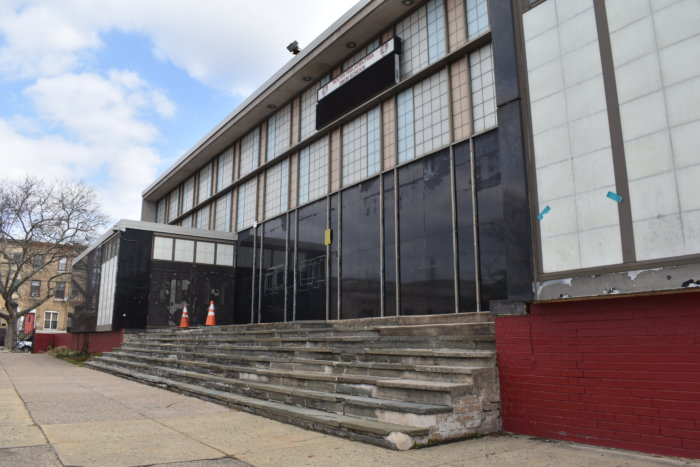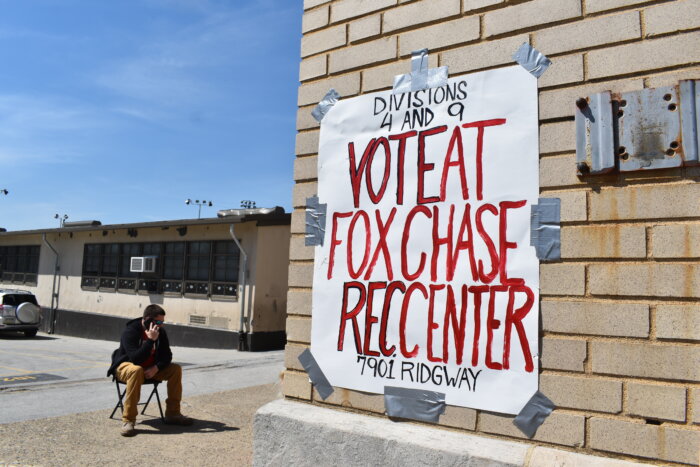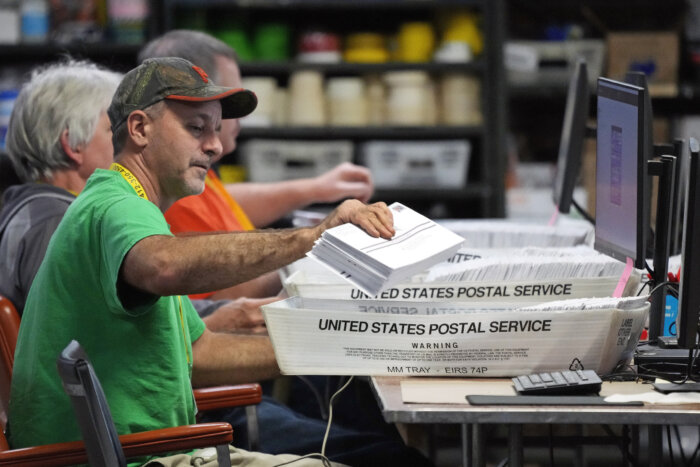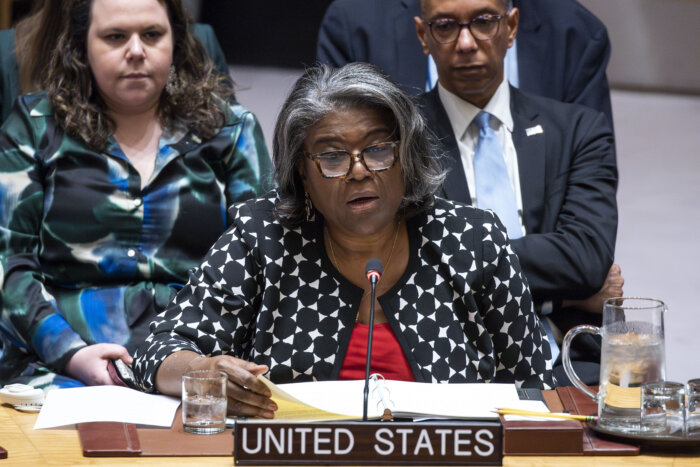With Fixing Philly, every week we try and look at issues that effect every resident of the City of Brotherly Love and the various efforts going on to address these issues.
And, this week is no different with a look at a new plan that the city unveiled this month intended to help cut Philadelphia’s waste output while working to curb illegal dumping and clean up the litter that is all too familiar to the average Philadelphian.
Called the Zero Waste and Litter Action Plan, unveiled Aug. 7, the effort hopes to fully eliminate the use of landfills for Philadelphia waste by the year 2035. According to data presented within the plan, in 2014, 25-percent of all of Philadelphia’s solid waste came from residential sources, while about 60-percent came from commercial businesses and 15-percent could be tracked back to construction and demolition sites.
Of that waste, the plan notes, in 2014, 26-percent of Philadelphia’s solid waste went to landfills and 28-percent was burned in incinerators to be converted into energy, while 46-percent was recycled.
For this plan to be successful, the city will need to stop sending trash to landfills completely and only about 10-percent to incinerators by 2035. It’s a tall, but not unachievable order, said Nic Esposito, director of the city’s Zero Waste and Litter Cabinet.
He said that the plan is similar to projects other cities, like New York City and Los Angeles have undertaken.
“Cities like San Francisco are getting really close,” he said.
The plan calls for a multi-pronged effort that, for one element, would create a municipal building audit program to review trash created at these properties. Esposito said, this could then be used as a “pilot program” that could then be brought to commercial businesses across the city to show how to cut waste.
“We want to work with businesses to show them that this is going to make for a much better city,” said Esposito. “We want businesses to want to become zero waste businesses.”
Also, at the new website set up for this initiative, CleanPHL.org – where there’s a full copy of the plan available – there is a litter index that allows locals to search for their home address to learn it’s place on the index and pertinent information they may need, like whether their block has a block captain or not and trash pickup dates.
He said they are building this system with officials from at least six city agencies indexing and reviewing city neighborhoods to get data for the index.
The index will list areas with a rating of one through four, one being cleanest and four being most littered, he said.
Another element of this plan is the creation of a Philadelphia Waste Watchers program – though, Esposito said the name may change – that helps educate residents about what they can do to help organize cleanups in their communities and will provide teams that can help with events and education. This initiative will also bring three bins – trash, recycling and compost – out to community cleanups.
“We have to educate, that’s a huge piece of this,” said Esposito.
Illegal short dumping, he said, is a huge issue in Philadelphia. In any neighborhood in the city it’s easy to find a vacant lot filled with strewn trash. In fact, the plan notes that illegal dumping costs the city about $8.1 million a year in taxpayer money.
Esposito said that through this plan, with the help of several city organizations working together with residents, not only can they cut waste but that could save that taxpayer money being spent on litter cleanup.
But, what they need most, as the plan is put into action, Esposito said, is help from residents throughout the city.
“The city can provide these resources, but we need people to believe in the system,” said Esposito.






























